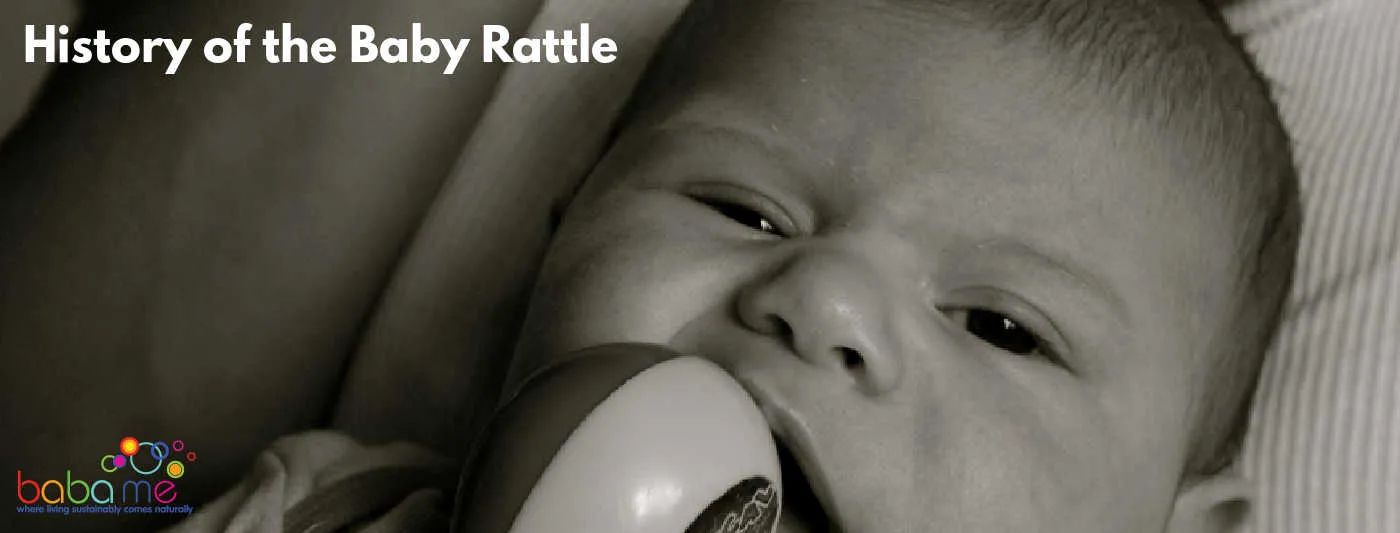Baby rattles are designed and produced for the entertainment and amusement of babies. They have been around since antiquity and remain as one of the most popular toys for babies.
Not much has changed with their core design – both ancient and modern baby rattles produce a sound when rattled or shaken.
Many experts believe the rattles are great for early development. They help newborn babies improve fine motor skills, dexterity, hand-eye coordination and many more. They’re great for audio, visual and tactile stimulation.
History
Histories suggest that the invention of the baby rattle dates back to at least 2,500 years. One of the earliest examples of a baby rattle was uncovered in a grave of a baby from the Iron Age in Poland. The rattle was found right next to the urn containing the cremated remains of the baby. This particular rattle is a pillow-shaped rattle made from clay and was filled with little balls.
It’s also believed that some cultures use rattles to ward off evil spirits. Tiny figurines which might have been used as rattles were found on the northwest shore of Lake Itkul in the Minusinsk basin of Russia.
Some of these rattles were made from deer antlers and have hollow cavities that produce sounds. These toys might have been attached to something similar to a cradle and were used to protect little children from evil spirits which were prevalent during this period.
The Greco-Roman civilization also had toys that were similar to modern baby rattles. These baby rattles were unearthed from Greco-Roman archeological sites and came in a form of either a pig or a bear. Some of these toys even feature a baby riding one of these animals.
Many scholars believe that rattles were more than just toys in the ancient times. They were objects used during rituals and offerings to appease gods and ward off evil spirits. People in the ancient world could have believed that these toys would protect their children in life and death which is why rattles are buried next to their owners.
During the Industrial Age and colonial America, elaborate baby rattles made by artisans were pretty popular. These rattles were made from gold and silver and sometimes come with a teething device made of coral. Adornments like bells and whistles were added to these rattles. The baby’s name was often engraved on the rattle.
Modern
Modern rattles are made from a wide selection of materials. The most common of these materials are wood, plastic and fabric like cotton. Most modern rattles double as a teether which means they are soft and have smooth edges.
With the advancement of technology, most plastic rattles are safe and top-shelf plastic rattles are BPA-free. However, they are still made from plastic which has adverse effects on the environment.
Wooden rattles are popular choices among parents who are environmentally conscious. We highly recommend them over plastic rattles because almost all wooden rattles are made from responsibly sourced wooden materials. Generally, most wooden toys have a timeless appeal to them.





